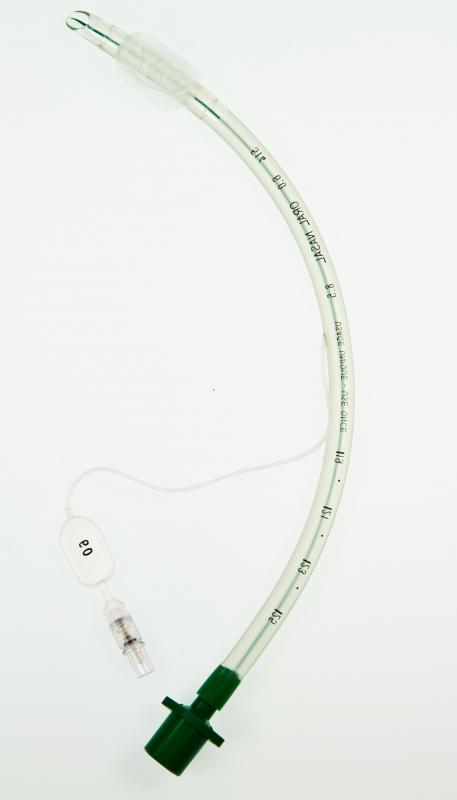At WiseGEEK, we're committed to delivering accurate, trustworthy information. Our expert-authored content is rigorously fact-checked and sourced from credible authorities. Discover how we uphold the highest standards in providing you with reliable knowledge.
What does an Emergency Medical Technician do?
An emergency medical technician (EMT) is a person who is able to give some degree of care before an emergency patient is able to be treated at a hospital. The term is used in a range of countries, and in many countries they have roughly the same responsibilities. In the United States, EMTs have very specifically defined duties and training requirements.
Technically, states in the United States set their own criteria for certification as an emergency medical technician. Forty-six of the fifty states, however, use the exams produced by the National Registry of Emergency Medical Technicians (NREMT), which uses the criteria set out by the National Highway Traffic Safety Administration (NHTSA). For this reason, when most people think of an emergency medical technician, they are usually thinking of someone who has met the requirements set out by the NHTSA.

There are four main emergency medical technician certification levels recognized by the NHTSA. The Basic level is designated as EMT-B. The Intermediate levels are broken into two steps, the EMT-I/85 and the EMT-I/99. Finally, the Advanced level is designated as EMT-P, or Paramedic. In some states it is possible to be certified at a level above Paramedic, generally referred to either as a Critical Care Paramedic or an Advanced Practice Paramedic.

Someone with a Basic certification is allowed to handle a number of basic critical conditions, nearly all of which are non-invasive. For example, a Basic emergency medical technician might splint broken bones temporarily, control external bleeding, or use a bag mask to give positive pressure ventilation. In some cases they may administer a limited amount of medication, such as epinephrine to treat someone who has entered anaphylactic shock, if the person already has a prescription for that drug.

The Intermediate levels of certification allow for more invasive and pharmaceutical procedures. For example, an EMT-I/85 may use endotracheal intubation if a patient is unable to breathe, because of an obstruction that can’t be removed, or may administer an IV if needed. An EMT-I/99 may also be allowed to administer certain drugs if needed to keep a patient stable until they can reach a hospital.

A paramedic is generally the most advanced emergency medical technician available, except in cases where a licensed physician may accompany a vehicle, as is the case with some emergency air rescues. Paramedics may engage in cardiac monitoring, resuscitation, less-restricted drug administration, and other advanced procedures. Vehicles which are staffed with paramedics are considered Advanced Life Support units, and are sent to scenes where it is likely victims will need advanced medical care on arrival.

Other types of emergency medical technicians may get special certifications to allow them to function in specific environments. For example, a Wilderness EMT learns a different set of skills than a traditional urban paramedic, and often people will achieve this certification after becoming a paramedic. Wilderness EMTs learn how to use improvised devices, such as branches, to do things like splint broken limbs. There is also an increased focus on stabilizing patients for extended periods of time, since hospitals are farther away, and air evacuations or rescues can take longer to arrive.
AS FEATURED ON:
AS FEATURED ON:
















Discuss this Article
Post your comments